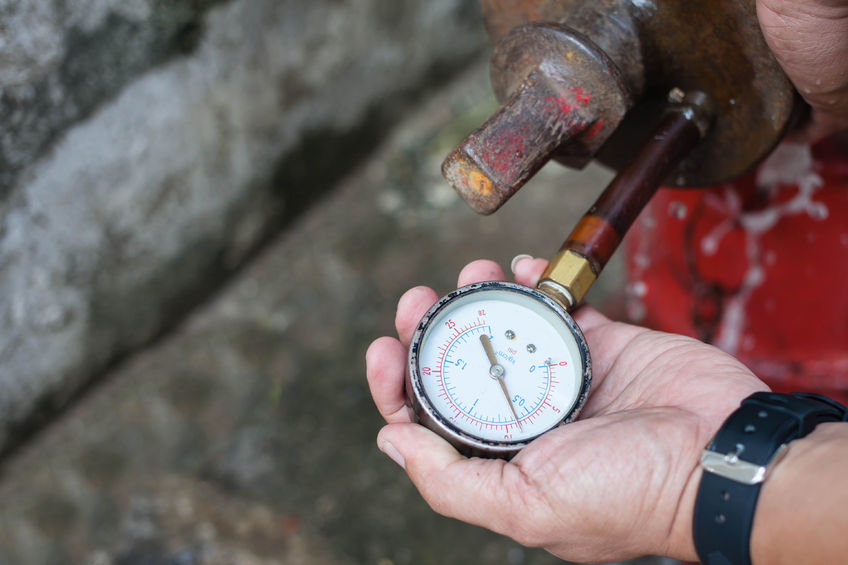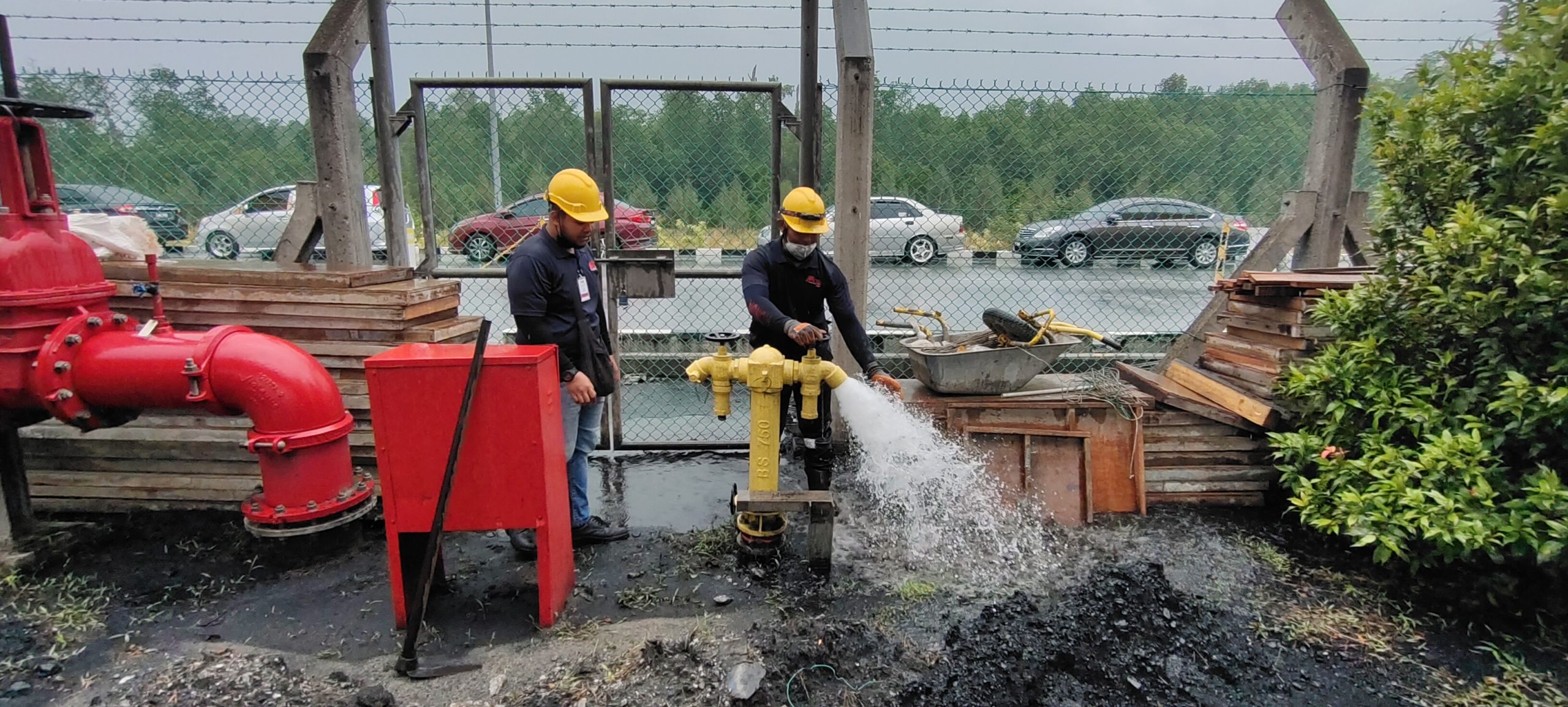

FIRE HYDRANT TEST
Regular fire hydrant testing ensures there is enough water pressure and flow for public safety and firefighting. Most areas also require flow tests for designing fire sprinkler systems in homes or businesses. Public hydrants should be tested every five years to check their performance and proper labeling. According to NFPA 291, hydrants must keep a minimum pressure of 20 psi during use to ensure effective firefighting and prevent water contamination.
How to Conduct The Hydrant Test?
1. Locate the test by selecting many hydrants in the same spot.
2. Make a note of the residual hydrant’s pressure reading. This hydrant is used to measure both static pressure (when flow hydrants are closed) and residual pressure (when flow hydrants are open). The residual hydrant needs to be situated between the hydrant(s) that will be flowed and the substantial water mains that serve the area.
3. After flushing the residual hydrant to get rid of any silt, fasten a nozzle cap with a gauge to the output.
4. Release the main valve gradually till …
For further information about the fire hydrant test, talk with our expert.

AITO has a team of qualified engineers who possess the technical expertise and capabilities required for the role.


